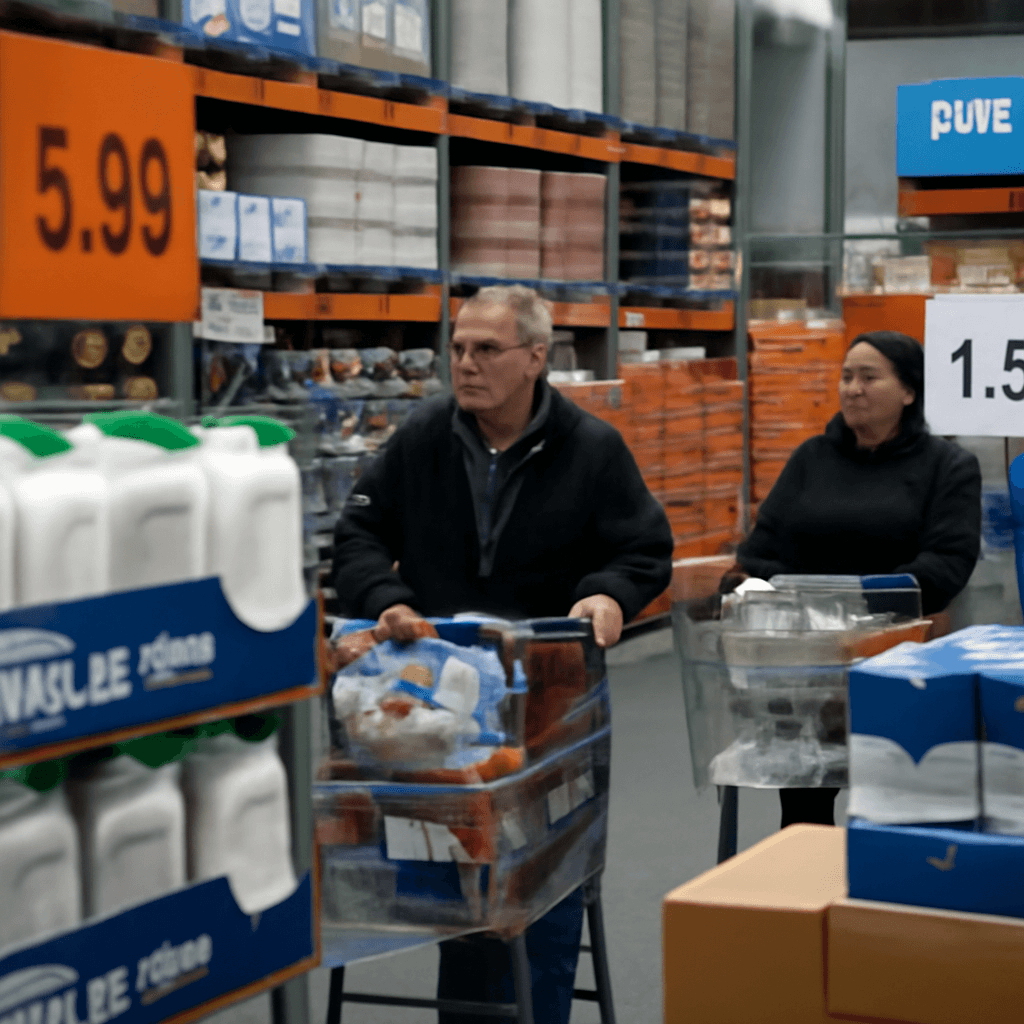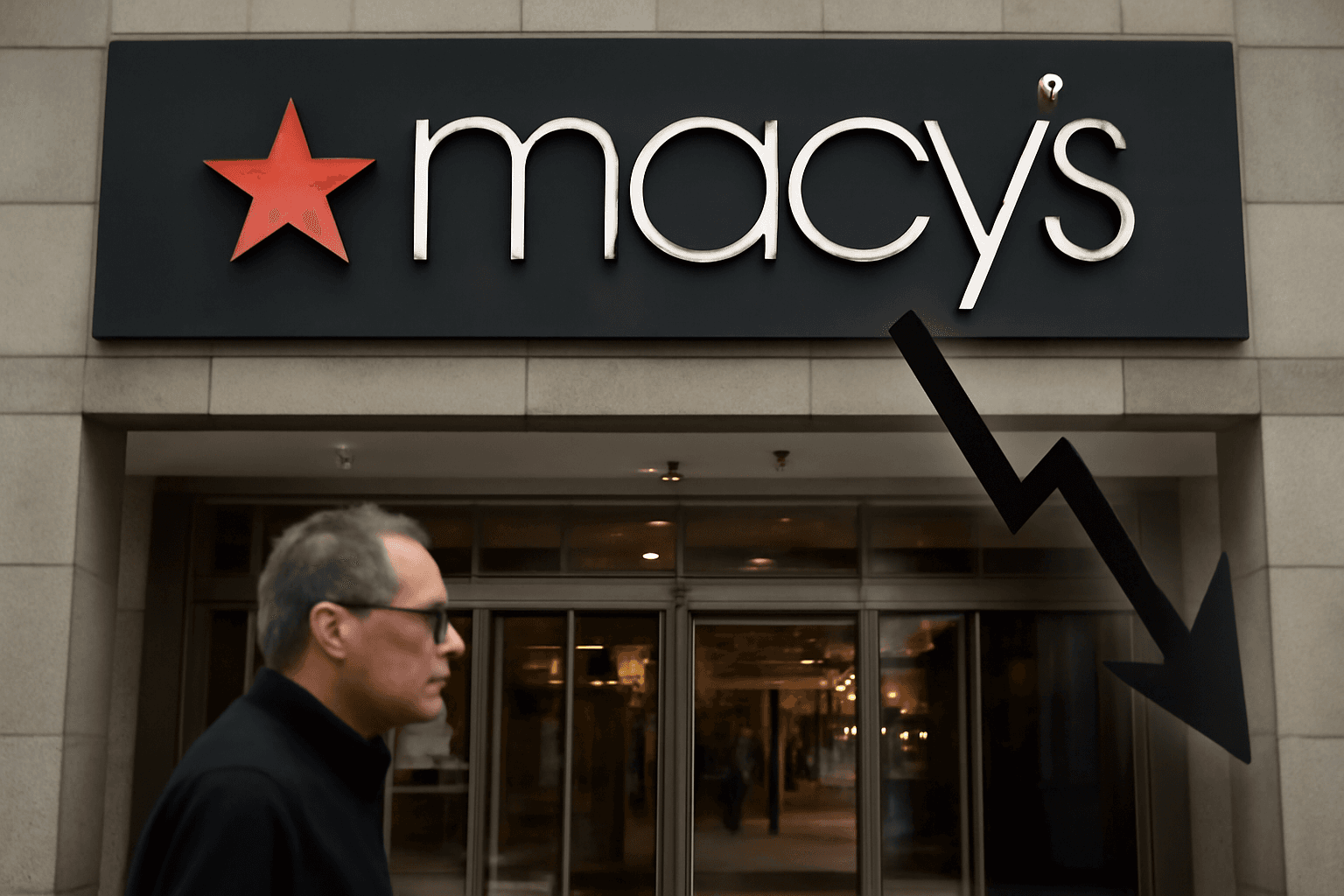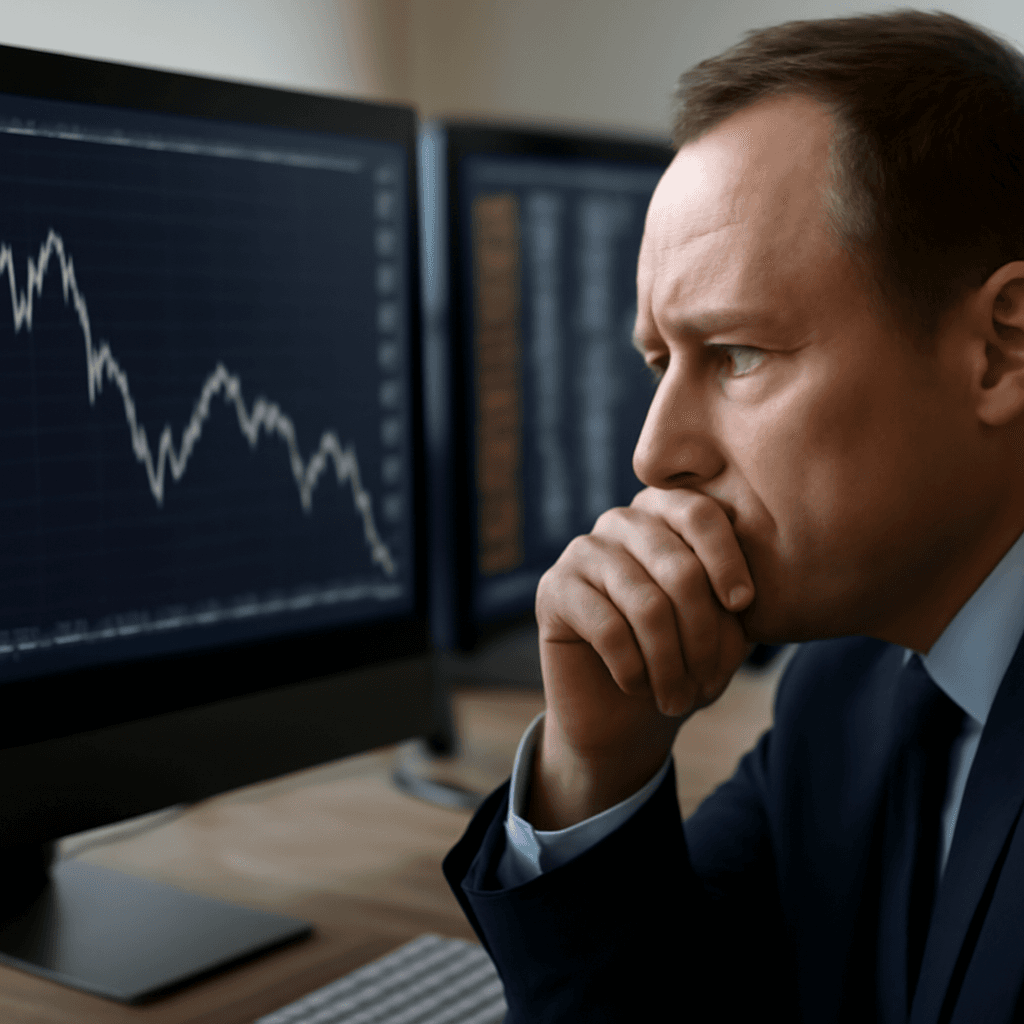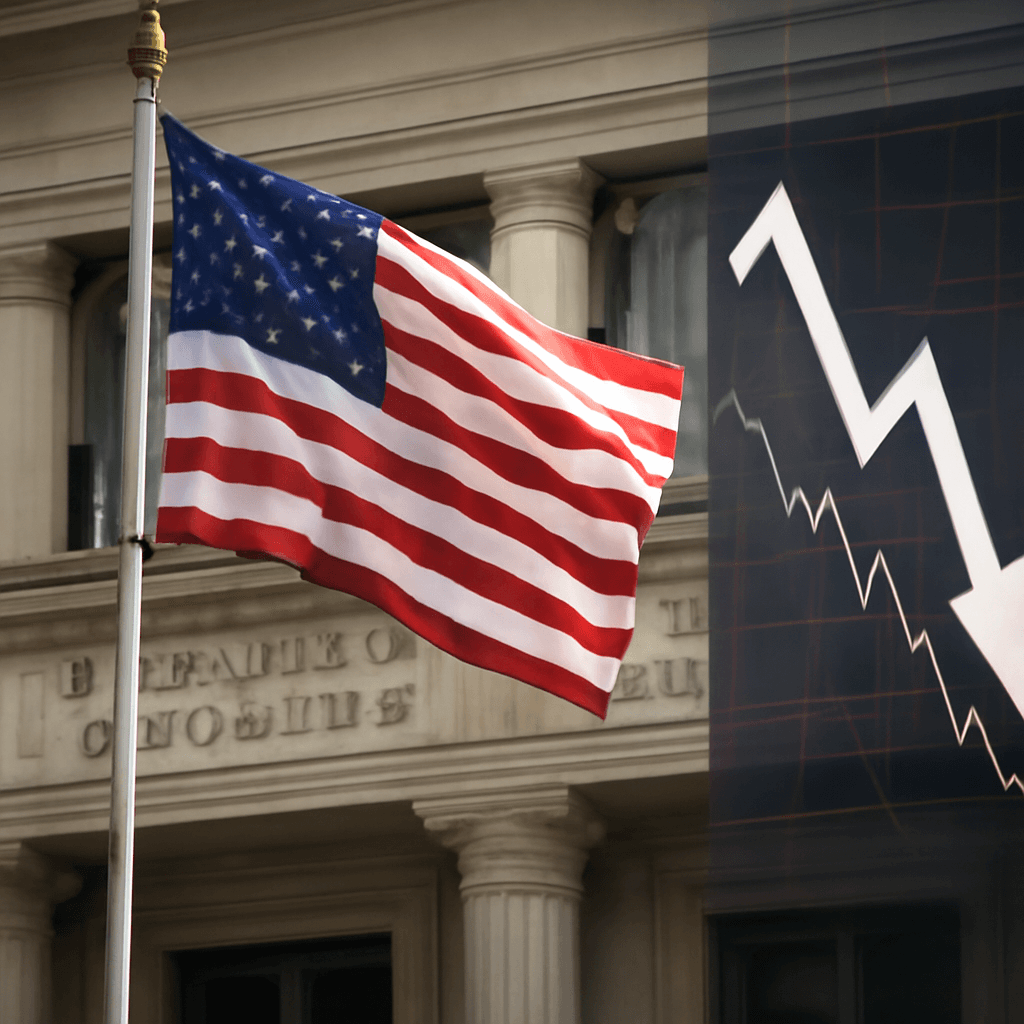US Retail Sales Suffer Biggest Drop Since Early 2025
In a worrying sign for the economy, US retail sales declined by 0.9% in May, marking the sharpest drop since January and surpassing expectations of a 0.6% fall. This follows a modest 0.1% decline in April, signaling growing concerns about consumer spending as tariffs and economic uncertainty continue to weigh heavily.
Manufacturing and Housing Confidence Also Wane
Alongside retail sales, industrial production fell by 0.2% in May, a larger decrease than economists' forecasts, suggesting that the earlier uptick in economic activity during the first quarter is already losing momentum. Home-builder confidence took a hit as well, with the NAHB/Wells Fargo Housing Market Index dropping to its lowest point since 2022, underscoring growing caution within the sector.
Automobile Sector Shows Resilience
While much of the manufacturing sector struggled, the auto industry provided a rare bright spot. Vehicle and parts output surged by 4.9% in May, helping manufacturing increase by a slight 0.1% after a contraction in April. However, excluding automobiles, manufacturing output actually contracted by 0.3%.
Tariffs and Trade Policies Deepen Economic Uncertainty
Economic experts point to ongoing trade tensions and tariffs as key factors undermining business confidence and investment. Tariffs have introduced uncertainty into global trade dynamics, deterring foreign companies from sourcing US-made products due to fears of retaliatory measures. This environment has stifled enthusiasm for expanding domestic manufacturing capacity.
One economist noted that consumers who rushed to purchase vehicles ahead of anticipated tariffs in March are now exercising caution, resulting in weaker automobile sales and more selective spending patterns.
Outlook for Second Half: More Challenges Ahead
Economists forecast a challenging road moving forward. Rising input costs, trade-war uncertainties, and cooling demand at home and abroad are expected to dampen manufacturing activity throughout the year. Projections suggest a significant pullback in business equipment expenditure and a dim outlook for industrial production across the remaining quarters of 2025.
Additionally, tariff-related price hikes are anticipated to start impacting consumer purchasing power more sharply in the coming months, potentially slowing retail spending further.
Dollar Weakness Could Fuel Inflation
The US dollar has weakened amid decreasing confidence linked to the trade policies, which some experts warn may accelerate inflation as higher costs from tariffs get passed on to consumers this summer and fall.
Summary
- Retail sales fell by 0.9% in May, the biggest drop since January.
- Industrial production decreased by 0.2% amid fading economic momentum.
- Home-builder confidence hit its lowest point since 2022.
- Automobile manufacturing was the only bright spot with a 4.9% output increase.
- Tariffs and trade tensions continue to shake consumer and business sentiment.
- Economists predict a tougher economic environment in the latter half of 2025.

















